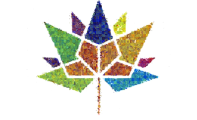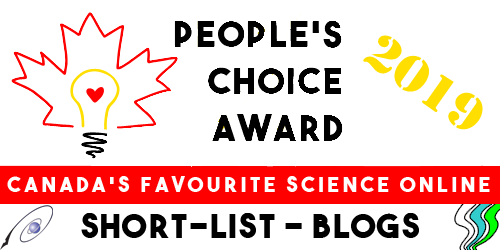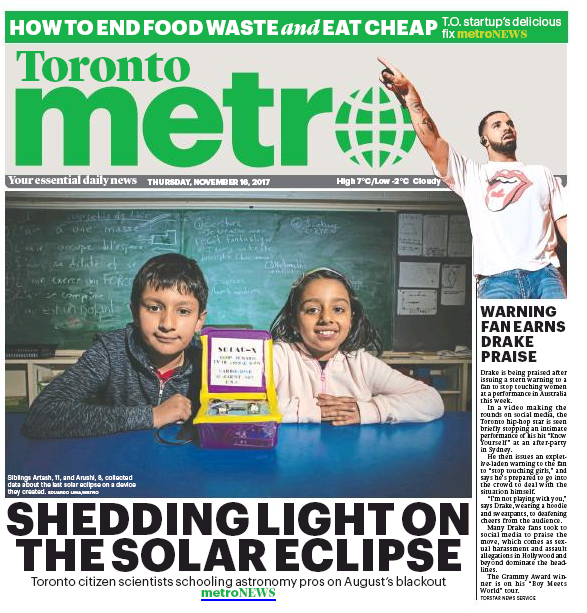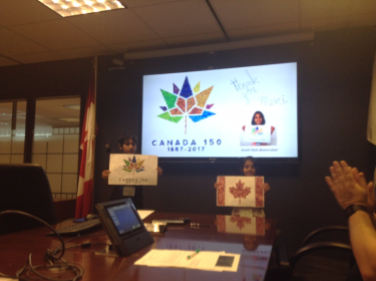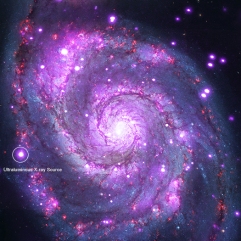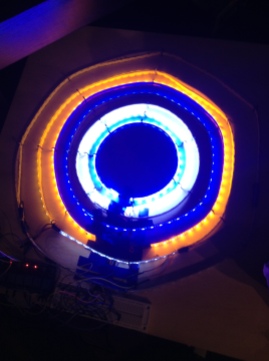Free STEM Resources we know or have used during the COVID19 lockdown period
Share your resources via www.twitter.com/wonrobot
@TryEngineering Engineering for Kids
@CornellEYH Virtual Youth Conference
Interested in Space / Science? Become a citizen scientist!
The best way to get started is to join your local astronomy society. We are members of the Royal Astronomical Society of Canada (Toronto) and they have chapters all over Canada
Planet Four: https://www.planetfour.org
Come help explore the surface of Mars.
Cosmo Quest: https://cosmoquest.org
Help NASA scientists make maps of scientifically interesting features in our Solar System. You can map craters on the Moon, Mercury, and trace the splatter of asteroid impacts on Vesta. All these worlds are yours to explore!
Galaxy Explorer: https://www.galaxyexplorer.net.au/
Anyone can join in and help astronomers classify galaxies up to 3-4 billion light years away. The online citizen science project is undertaken by ABC Science in conjunction with the International Centre for Radio Astronomy Research, WA., Australia.
Globe at Night: https://www.globeatnight.org
Invites citizen-scientists to measure & submit their night sky brightness observations.
Galaxy Zoo: https://www.galaxyzoo.org/
Classify Galaxies observed by Sloan Digital Sky Survey (SDSS) according to their shapes. Is it Spiral, Elliptical, Irregular?
Planet Hunters: https://www.planethunters.org/
Find undiscovered planets by looking at how the brightness of a star changes over time (Transit Method of exoplanet detections)!
Disk Detective: http://www.diskdetective.org/
NASA’s WISE (Wide-field Infrared Survey Explorer) mission has images of thousands of debris disks and YSO disks. These disks are buried among images of millions of other kinds of astronomical objects like galaxies and nebulae, and mixed in with images that contain artifacts created by the telescope itself. In Disk Detective, you will help astronomers find these disks, homes for extrasolar planets.
Milky Way Project: https://www.zooniverse.org/projects/povich/milky-way-project
Measure and map our galaxy by looking through tens of thousands of images from the Spitzer Space Telescope and WISE satellite observatory.
Zooniverse (People Powered Science): https://www.zooniverse.org/
The Zooniverse enables everyone to take part in real cutting-edge research in many fields across the sciences, humanities, and more. The Zooniverse creates opportunities for you to unlock answers and contribute to real discoveries.
NASA Solve: http://www.nasa.gov/solve/index.html
Gateway to engage in the NASA/USA aerospace program through challenges, prize competitions, and crowdsourcing.
AAVSO: https://aavso.org/analyze-data
AAVSO members and observers are asked to collect data for scientists on Variable Stars and also do some analysis themselves.
Vigie-Cratère: http://www.vigie-cratere.org/
Observing craters on Mars or on the Moon is easy, as most of the circular depressions at their surface are directly linked to impacts and can be counted by millions. On Earth, this exercise proves much more challenging. Discover potential impact structures by exploring and zooming in on the virtual globe.
Want to do your own Space Project? Here are the tools:
Pulsar Search Laboratory: http://pulsarsearchcollaboratory.com/
Provide high school students and their teachers with opportunities to practice 21st Century Skills while conducting world-class research in pulsar astronomy.
Real-Time Spectroscopy: http://www.rspec-astro.com/
Each element emits its own unique color spectrum. By splitting starlight and examining the spectrum, we can identify the composition of the star, its temperature, and other physical properties
Super Wide Angle Search for Planets (WASP): http://www.superwasp.org
SuperWASP detects planets by looking for ‘transits’. These occur when a planet passes in front of its parent star, temporarily obscuring some of its light. This can be detected from the Earth as a slight dimming of the star’s luminosity.
Sky View (Virtual Observatory): http://skyview.gsfc.nasa.gov/current/cgi/titlepage.pl
SkyView is a Virtual Observatory on the Net generating images of any part of the sky at wavelengths in all regimes from Radio to Gamma-Ray.
Heavens – Above: http://www.heavens-above.com
Satellite predictions and other astronomical data customized for your location.
Orbit Simulator: http://www.orbitsimulator.com/
Conduct simulations of solar system objects: moons, planets, asteroids, space missions and more in your browser.
More projects? Send suggestions to vikas.nath@gmail.com
Upcoming Astronomy Events
University of Toronto Telescope Tours for Public: http://www.astro.utoronto.ca/astrotours/
The University of Toronto Planetarium Shows: http://www.universe.utoronto.ca/planetarium-shows/
Astronomy on the Tap (19+ Event): http://www.universe.utoronto.ca/talks-lectures/astronomy-on-tap/
Monthly Recreational Astronomy Night by Royal Astronomical Society of Canada: http://www.rascto.ca/content/recreational-astronomy-night-32
Royal Astronomical Society of Canada, Toronto Events Calendar: www.rascto.ca
Space Competitions
CanSat Competition http://www.cansatcompetition.com/
RoboFest https://www.robofest.net
Tribute to Cassini
Final Frontier https://saturn.jpl.nasa.gov/resources/7822/
Cassini Huygens Science Package http://sci.esa.int/cassini-huygens/31193-instruments/?fbodylongid=740
Saturn Audio Galleries https://saturn.jpl.nasa.gov/galleries/audio/?page=0&per_page=25&order=created_at+desc&search=&condition_1=1%3Ais_in_resource_list&category=115&href_query_params=category%3Daudio
More Saturn Sounds https://saturn.jpl.nasa.gov/search.html?q=sound
Top 10 Science Outcomes (Saturn) https://saturn.jpl.nasa.gov/news/3139/cassini-top-10-science-highlights-2017
Other Cool Links
Orbit Simulator
http://orbitsimulator.com/gravitySimulatorCloud/simulations/1520214973267_A2017U7.html
Pulse of Pulsars
http://www.caltech.edu/news/taking-pulse-planets-and-stars-81122
Planetary Spectrum Generator
Can be used to generate high-resolution spectra of planetary bodies (e.g., planets, moons, comets, exoplanets). The spectroscopic suite can be also accessed remotely via the Application Program Interface (API).
Sounds of Universe
https://www.soundsofspacetime.org/gw170104.html
Universe Sandbox
Very Large Array Sky Survey (VLASS) Map
https://public.nrao.edu/vlass/vlass-progress
The Dark Energy Survey
https://www.darkenergysurvey.org
BOSS: Dark Energy and the Geometry of Space
http://www.sdss3.org/surveys/boss.php
Audio Frequency Signal Generator
http://www.ringbell.co.uk/software/audio.htm
Chandra X-Ray
Millennium Run: the largest n-body computer simulation
http://www.asterank.com/galaxies
The Last Mission to the Moon: Apollo 17
Planetary Habitability Laboratory
Apps
Deep Space Network and 3D Spacecrafts Apps
https://eyes.nasa.gov/mobile-apps.html
Build Your Own
21 cm Radio Telescope
https://www.rtl-sdr.com/tag/hydrogen-line/ and
https://www.cfa.harvard.edu/~npatel/hornAntennaAASposterPDF2.pdf
Introduction to Radio Astronomy
http://www.radio-astronomy.org/node/240
Yagi Antenna
https://www.radioworld.ca/search?controls%5B1%5D=yagi
